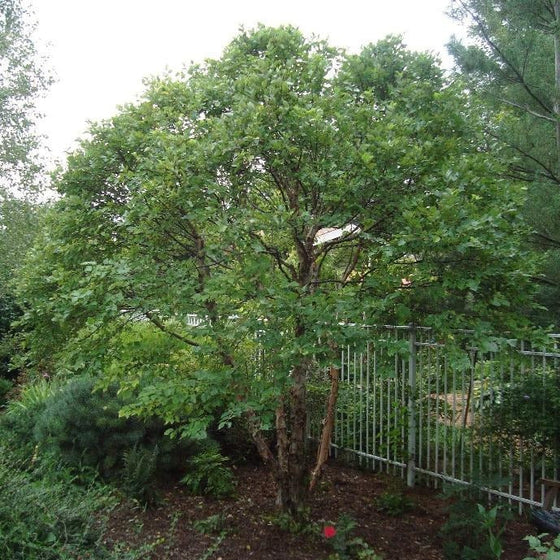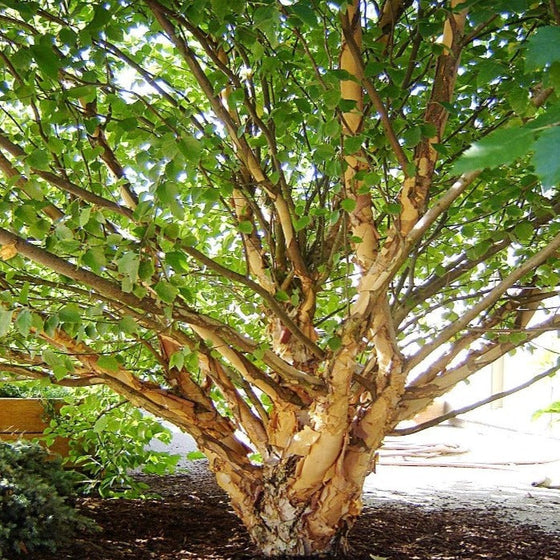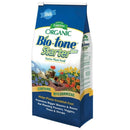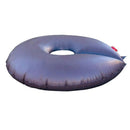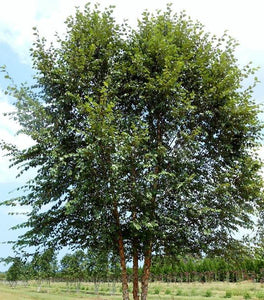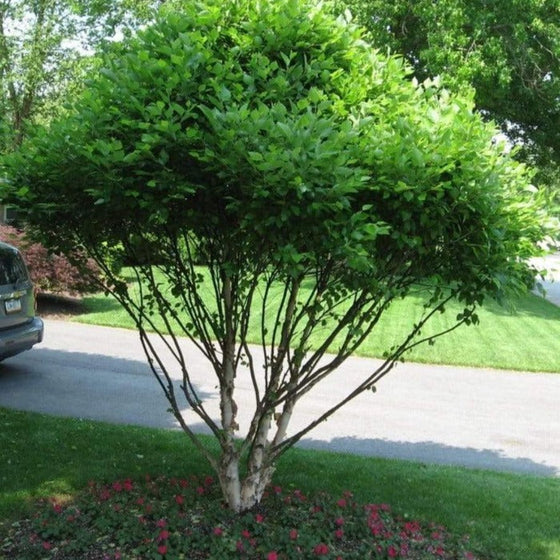
Images Depict Mature Plants
Dwarf River Birch Little King Trees for Sale Online
The Dwarf River Birch Little King or Fox Valley River Birch is a beautiful, multi-branched tree that provides unusual winter interest. A dwarf variety that will only reach heights of 10 feet. Perfect for gardeners with smaller gardens that still want to enjoy the peeling bark of the River Birch Tree.
The Dwarf River Birch is perhaps one of the most culturally adaptable of all the birches. The Dwarf River Birch can handle wet conditions but can also tolerate drier soils after it's established. Although these trees are heat tolerant, they benefit from a cool and consistently moist root system. Planting shade-tolerant understory plants and applying mulch will help shade the ground keeping the soil cooler.
Heritage River Birch Ornamental Shade Tree Highlights:
- Features leathery, diamond-shaped green leaves with doubly toothed margins
- The Showy light-brown to reddish brown bark exfoliates to reveal lighter inner at maturity
- Low maintenance and extremely resistant to bronze birch borer and leaf spot diseases
- Both heat and cold tolerant.
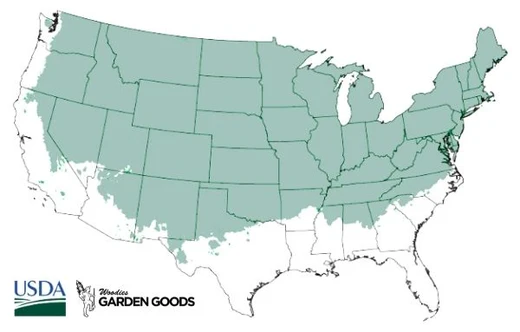
| Hardiness Zone: | 3-7 |
|---|---|
| Mature Height: | 8 to 10 feet |
| Mature width: | 10 to 12 feet |
| Classification: | Broad Leaved deciduous tree, |
| Sunlight: | Full Sun to part shade |
| Habit: | Upright, Rounded |
| Foliage: | Glossy Green, Butter Yellow fall color. |
| Pruning Season: | No pruning needed. |
| Soil Condition: | Any well drained soil |
| Water Require: | Water well until established. |
| Uses: | Tolerates moist soil and full sun. Will adapt to drier sites once established. |
How to Care for Dwarf River Birch Little King
Follow these guidelines for the best results
STEP 1: PLANTING
We suggest when planting your newly purchased Dwarf River Birch plants that you dig a hole twice as wide as the root system but not deeper. Depending on the quality of your existing soil you may need to add a locally sourced compost or topsoil to the back-fill soil. We do not recommend using straight topsoil or compost as a back-fill soil because more times than not these products will retain entirely to much moisture and will cause the root system to rot. Adding compost or topsoil will help the young feeder roots of Dwarf River Birch to spread through the loose, nutrient rich soil, much easier than if you used solely the existing soil which more times than not will be hard and compacted. The most common cause of plant death after transplanting is planting the new plant to deep. That is why we do not recommend planting in a hole any deeper than the soil line of the plant in the pot. A good rule is that you should still be able to see the soil the plant was grown in after back-filling the hole. Bio-tone starter fertilizer is a great starter fertilizer that provides plants with mycorrhizae fungus. It is a naturally ocuring beneficial fungus that colonizes on the new growing roots of plants. It creates a barrier between the roots of the plant and fungus and pathogens that can cause root rot. We love this product and use it on all plants we install in our own gardens. Bio-tone is a gardeners best friend and can help guarantee your success.
STEP 2: FERTILIZE
Trees such as Dwarf River Birch grow best if they are fertilized lightly in the spring once frost has passed with a well-balanced, extended-release, fertilizer such as espoma Tree-tone. Fertilize the Dwarf River Birch again 6 to 8 weeks later to encourage denser foliage or faster growth of young trees. Either chemical fertilizers or organic matter can be used successfully with Heritage River Birch. Since an organic method of applying manure and/or compost around the roots, produces excellent results and also improves the condition of the soil, this would be an excellent first line of attack. Organic additions to the soil can also be combined with a shot of chemical fertilizer for maximum effect. Don’t fertilize Dwarf River Birch after August. Fall is the time for plants to begin preparing for dormancy. Fertilizing at this time may stimulate new growth that will be too tender to withstand the winter. In the South, a late May application and another in July would be about right. More northern areas may wish to fertilize only once in June or July.
STEP 3: WATER
After back filling and lightly compacting the 50/50 mix of existing soil and compost give the Dwarf River Birch Tree a good deep watering. This is not to be rushed. Most of the water you put on the plant at first will run away from the plant until the soil is soaked. A general rule of thumb is to count to 5 for every one gallon of pot size. For example a one gallon pot would be watered until you count to 5 a three gallon pot would be 15 and so on. Check the plant daily for the first week or so and then every other day there after. Water using the counting method for the first few weeks. Gator Bags can be used to help aid in this process and also provide plants with a good soaking due to the slow release of the water into the root-zone of the plant. Soaker Hoses can also be used to water when planting a long row of trees.
STEP 4: MULCH
We highly recommend that you mulch your Dwarf River Birch with either a ground hardwood mulch or a ground cypress mulch depending on your local availability. Any type of mulch will do but cypress or hardwood mulch will be of a higher quality and provide better nutrition overall as they breakdown. Mulching helps to keep weeds away which will compete with your new investment for water and nutrients. A 2 to 3 inch layer of mulch is sufficient but remember to take care not to cover any part of the stem of the plant with mulch. Its better to leave a one inch gap of space between the mulch and the stem or trunk of the plant.

